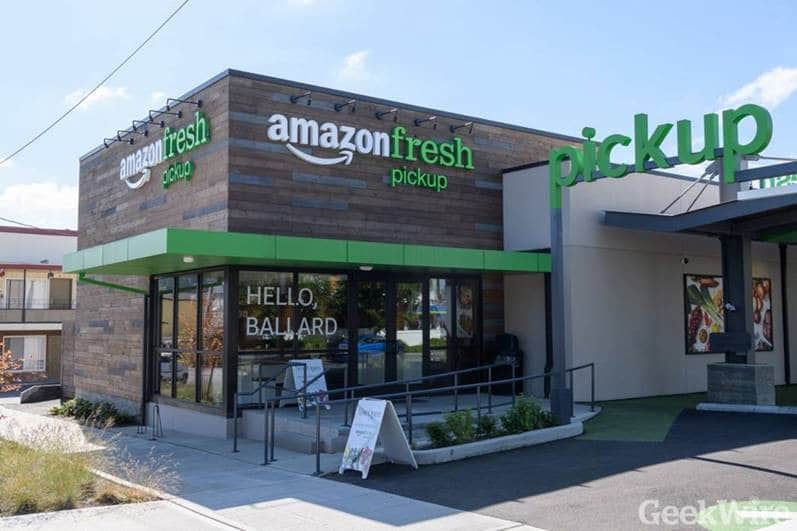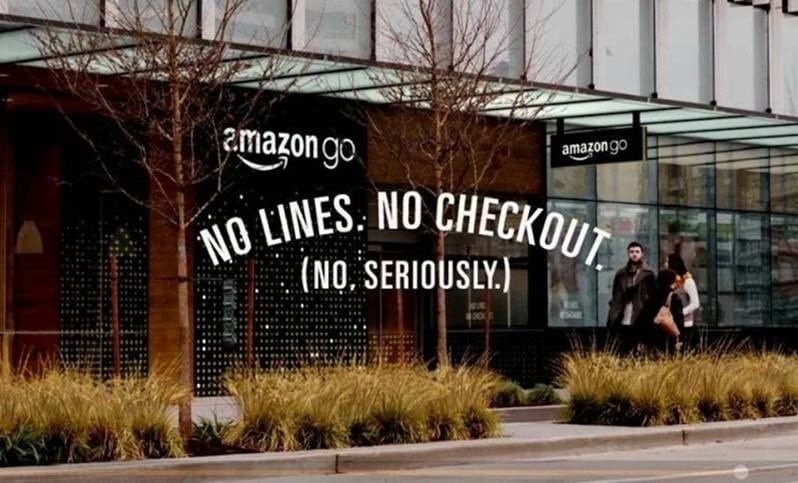It used to be that companies that did well would offer consumers one of the following benefits – better, cheaper or faster. We switched TVs, phones and cars when they were better. We switched to eBay, Bunnings or Aldi because they were cheaper. We switched to Express Post, flight check-ins on apps and using ATMs because it was faster.
To be a successful company, we were encouraged to focus on having (A) the best product or (B) the lowest price or (C) the best customer service. Three separate research studies from 1980 through to 1999 advised that we should focus on only being one of these benefits and to put that one on steroids, above all else, and avoid trying to be all three which would result in terminal invisibility.
Makes sense, right? It’s hard to be better and cheaper – think home brands versus premium brands. It’s hard to be the fastest and the cheapest – think Express Post versus regular post.
The restaurant with the best view rarely has the best service, and the restaurant that is the cheapest rarely has the best food or service.
In our lifetimes so far, there has been a strong correlation between new products and higher price points. We have always known that better or faster has always cost more. But now it’s different, times have changed.
When Aldi entered Australia’s marketplace it didn’t have a better product and it didn’t have better service, it was just the cheapest. But when Netflix arrived it was better, cheaper and faster. More movies could be watched in binge without leaving the couch to hire them at the video store. As a result, we no longer have video stores.

Consumers were quick to change from renting and buying DVDs to streaming video on demand with Netflix captivating 5.75 million Australians in just a little over 2 years. Whilst incumbents do their best to put on a brave face for Amazon’s arrival, consumers will again see what better, cheaper and faster looks like with Amazon’s breadth and depth of offering makes it as big a threat to Aldi as it is to Netflix, Harvey Norman and JB Hi Fi.
Amazon already accounts for 43 percent of online retail spending in the US where they have multiple retail offerings. Amazon.com, Amazon Prime, Prime Music, Prime Video, Amazon Fresh can all be ordered if you like by speaking to the artificially intelligent Amazon Alexa. Hot off the launch springboard are Amazon Fresh Pick Up and Amazon Go with technology playing a big role in everything, with innovations including Amazon Go’s seamless checkout using sensor technology and number plate recognition at Amazon Fresh Pick Up. They even have a current Alexa Prize which has up to US$2.5 million on offer to college student teams in the US to improve Alexa’s conversational artificial intelligence.
And the winner in all this is… the consumer.
If you are in the market to buy, you are going to get used to a better, cheaper and faster customer experience.
Paul Broadfoot is an entrepreneurial strategist and the author of Xcelerate: Innovate your Business Model, Disrupt your Market and Fast-hack into the Future. He works with enterprise executives to identify high-growth opportunities and create new business models in times of rapid market change. For more information www.paulbroadfoot.com





















